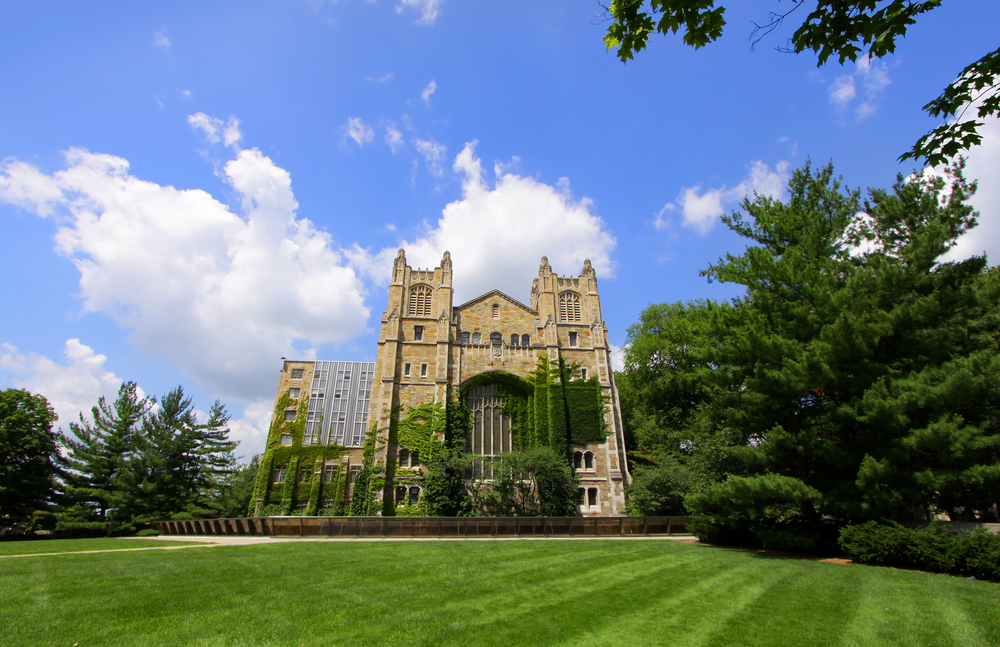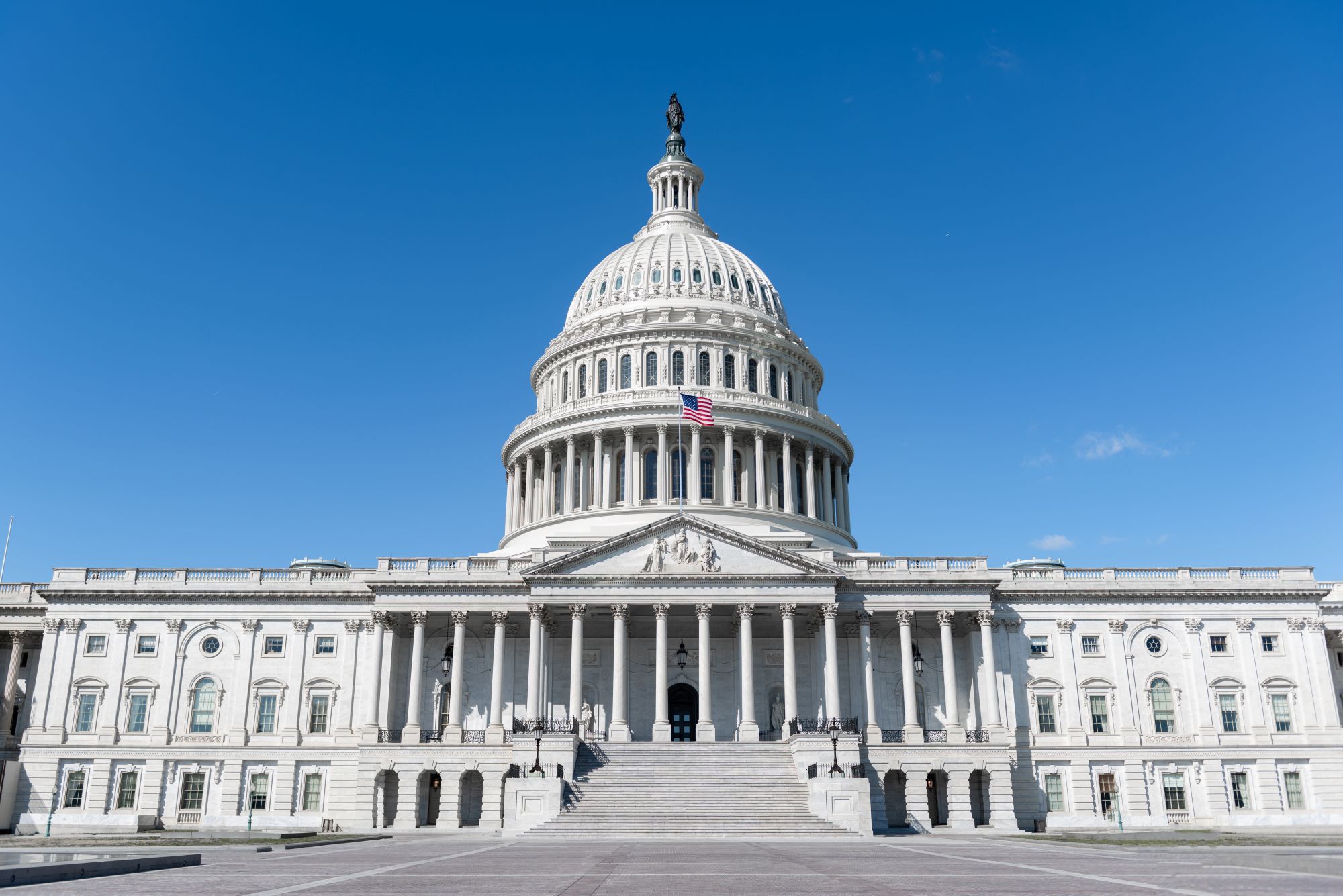Ann Arbor: The Gateway to Greater Energy Efficiency
Let's Save Energy
Alliance to Save Energy's Blog

The Alliance’s Energy 2030 On the Road event series has already hit Seattle, Los Angeles and Las Vegas, and we’re only just beginning. Today, we’re in Ann Arbor, Michigan for the next stop on the campaign to double our nation’s energy productivity by the year 2030.
The Midwestern city is already a proven leader in energy efficiency policies and practices. Mayor John Hieftje was the first policymaker to take the Energy 2030 pledge, setting the precedent for others in his hometown to do the same. Let’s take a look at other ways the city has supported efficiency, and be sure to tune into the live stream of the event to learn what local stakeholders have in mind for even greater energy productivity.
Laying the Groundwork
The Ann Arbor Energy Plan was established in 1981, with goals and programs to reduce the city’s energy use and costs, leading to the creation of the Ann Arbor Energy Office in 1985. The Energy Office advocates for more efficient and sustainable energy use by managing projects, programs and grants, developing information resources, and by advising city managers, elected officials and the public on energy efficiency improvements. In 2008, the Midwest Energy Efficiency Alliance (MEEA) awarded Ann Arbor the Inspiring Efficiency LEADERSHIP Award as a result of the Energy Office’s wide reaching programs.
Resources
Ann Arbor provides countless resources for residents to become more energy efficient. A number of local organizations worked together to create “Home Energy Sense”, a 12-minute how-to video for making efficiency improvements. DTE Energy offers rebates encouraging customers to make energy saving updates to their home lighting, air conditioning, heating and more. Energy audits, which help homeowners identify ways to lower utility bills, are also incentivized with rebates.
Infrastructure
Buses comprise the entirety of public transportation in Ann Arbor, but the system is well-established and reliable with over 25 routes around the city. Employees and employers in downtown Ann Arbor can also use GetDowntown to plan an energy efficient commute. The program offers resources ranging from Zipcar stations to bike locker rentals and “vanpool” services. In 2007, the city also began LED retrofits and was awarded the 2009 International Energy Globe for the U.S. for advancing LED streetlighting.
Educating Efficiently
No profile of Ann Arbor would be complete without mention of the University of Michigan. With over 27 million square feet of building space and nearly 40,000 students, the school is a major presence in the city. Daily operation of the large campus requires a substantial amount of energy, but UM is committed to constantly improving energy efficiency. The school has saved over $78 million in energy costs over the past 30 years through a wide range of programs and policies.
The Midwest is often stereotyped as being slower to catch on to the more progressive movements of the East and West coasts. Ann Arbor clearly didn’t get the memo – we are thoroughly impressed by the city’s energy efficiency efforts to date and we’re looking forward to seeing what local advocates have planned for a more productive future.
STAY EMPOWERED
Help the Alliance advocate for policies to use energy more efficiently – supporting job creation, reduced emissions, and lower costs. Contact your member of Congress.
Energy efficiency is smart, nonpartisan, and practical. So are we. Our strength comes from an unparalleled group of Alliance Associates working collaboratively under the Alliance umbrella to pave the way for energy efficiency gains.
The power of efficiency is in your hands. Supporting the Alliance means supporting a vision for using energy more productively to achieve economic growth, a cleaner environment, and greater energy security, affordability, and reliability.



